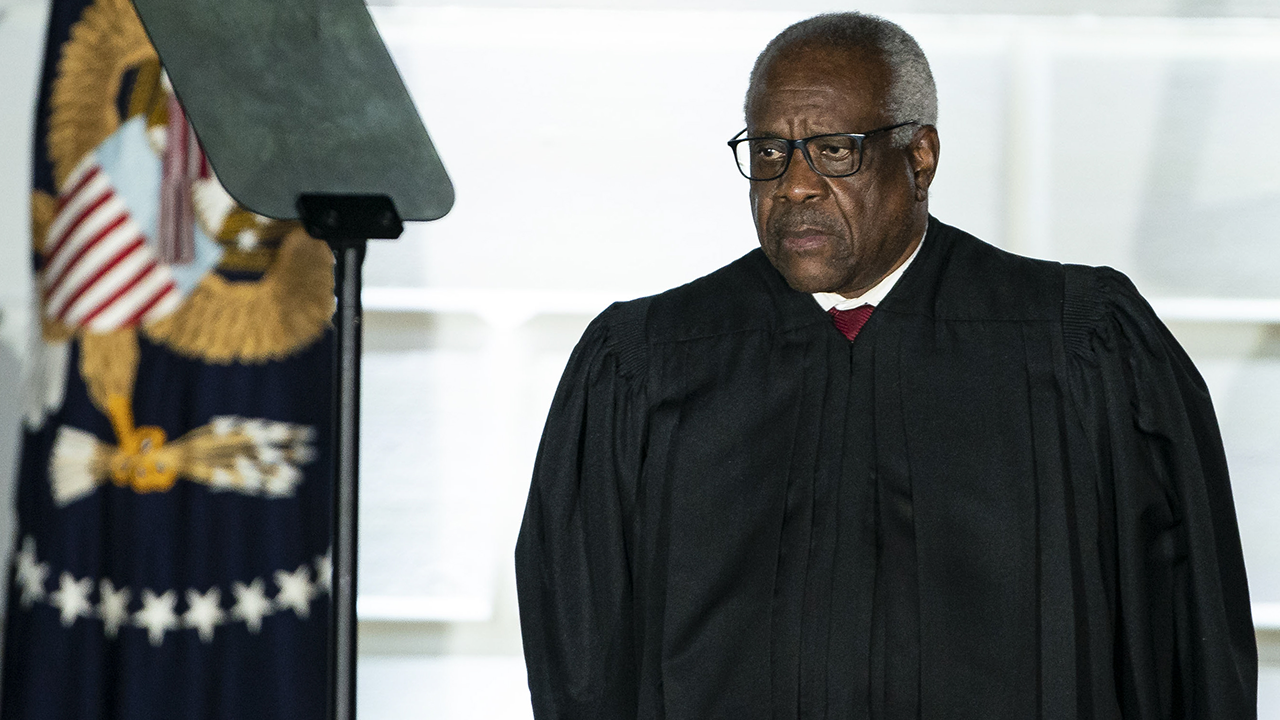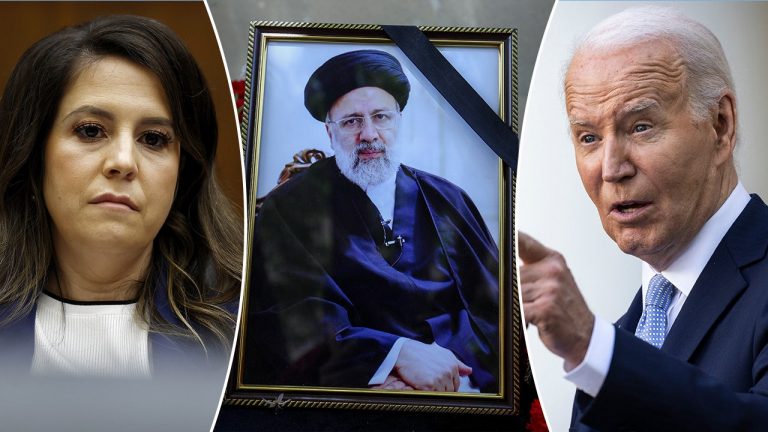Clarence Thomas criticizes ‘judicial power’ in famous Brown v Board of Education ruling.
Supreme Court Justice Clarence Thomas has recently sparked controversy with his latest decision upholding a GOP-drawn redistricting map in South Carolina. In a 6-3 ruling, the Supreme Court sided with the Republican-led South Carolina legislature after it faced allegations of racial gerrymandering in redistricting. Justice Samuel Alito, writing for the majority, emphasized the burden of proof on challengers to disentangle race from politics and presume good faith on the part of the legislature.
However, it was Justice Thomas who stole the spotlight with his concurring opinion, where he took aim at the landmark civil rights decision, Brown v. Board of Education. This 1954 decision, written by Justice Thurgood Marshall, declared the segregation of children in public schools based on race unconstitutional, overturning the infamous “separate but equal” doctrine.
As someone who grew up in the racially segregated South, Thomas has consistently argued that the Constitution prohibits race-based discrimination, regardless of intent. In previous cases, such as the one on affirmative action in college admissions, Thomas has championed a colorblind interpretation of the Constitution, condemning all forms of racial discrimination.
In his latest concurrence, Thomas reiterated his stance that federal courts should not have the authority to dictate the design of voting maps. He emphasized that the power to draw districts should remain with the political branches, as the Constitution does not grant courts the jurisdiction to engage in race-based reasoning in voting rights issues. Thomas highlighted the Court’s limited powers in such matters and called for a return to the traditional roles of the political branches.
Thomas also criticized the Supreme Court’s jurisprudence on redistricting, arguing that it puts states in a challenging position. He referenced a previous decision regarding Black voters in Alabama challenging the state’s congressional map, where he and two colleagues dissented, claiming that the Voting Rights Act did not mandate a proportional allocation of seats based on racial demographics.
Overall, Justice Clarence Thomas’ dissenting opinions and concurrences shed light on his steadfast commitment to a strict interpretation of the Constitution and limited judicial intervention in political matters. Whether you agree with his views or not, there is no denying the impact of his opinions on the legal landscape of the United States.








